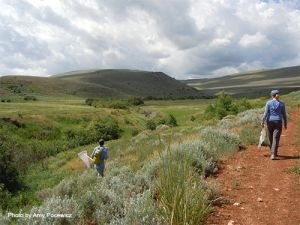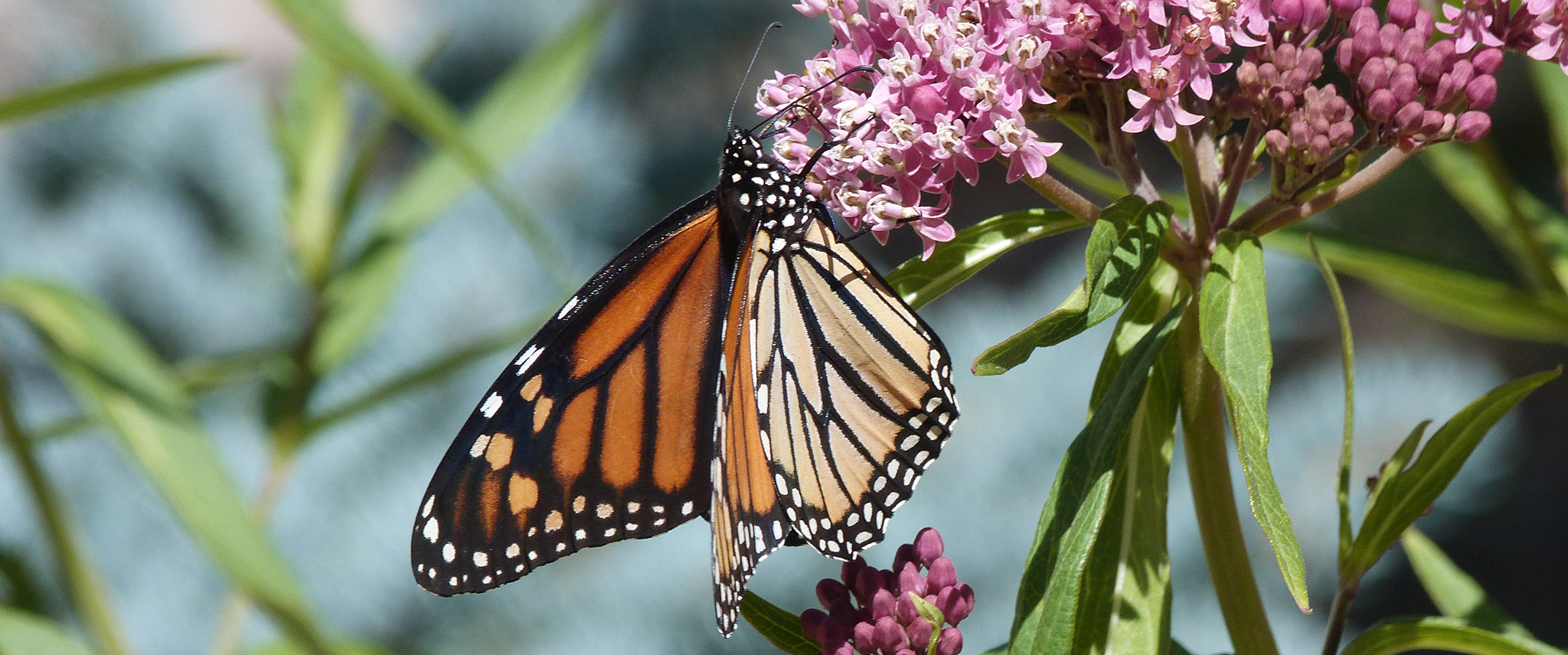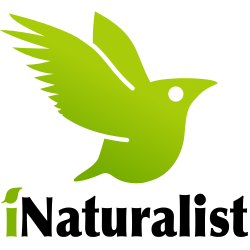iNaturalist Projects
Monarchs and Milkweeds
In Wyoming, we have very little information about monarchs. Researchers have heard for years that they're common, though the folks seeing monarchs haven't had a place to send in information about their sightings.
The monarch and the habitat they require (prairies, ditches, gardens, etc. that host milkweed) are in decline. The butterfly was petitioned for the Endangered Species Act listing in 2014 throughout the United States because of the declining number of monarchs. The number of monarchs declined by approximately 50% since 1995 (Xerces Society).
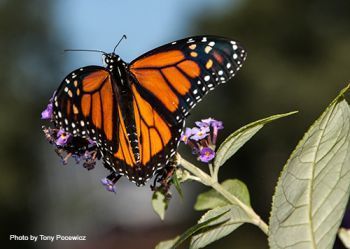
Wyoming Native Mussels
Wyoming has nine native mussel species, but very little is known about their distribution. Nothing is known about whether their populations are stable or declining, however, Globally, freshwater mussels are declining at an alarming rate and they are considered the most imperiled animals in North America. Without more information, it is impossible to make informed decisions about management strategies to protect these valuable animals.
Our best source of information is people who spend time in or near streams and lakes—anglers, boaters, naturalists, and other outdoor enthusiasts.
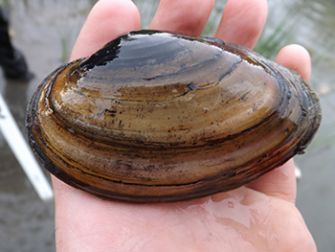
We need your help!
With your help, we can better understand Wyoming's biodiversity. You can do this by submitting observations of any monarchs, milkweed, mussels, or other organisms, you find in Wyoming to iNaturalist. Pictures, and details such as where, when, and how many, are very important.
What is Community Science?
